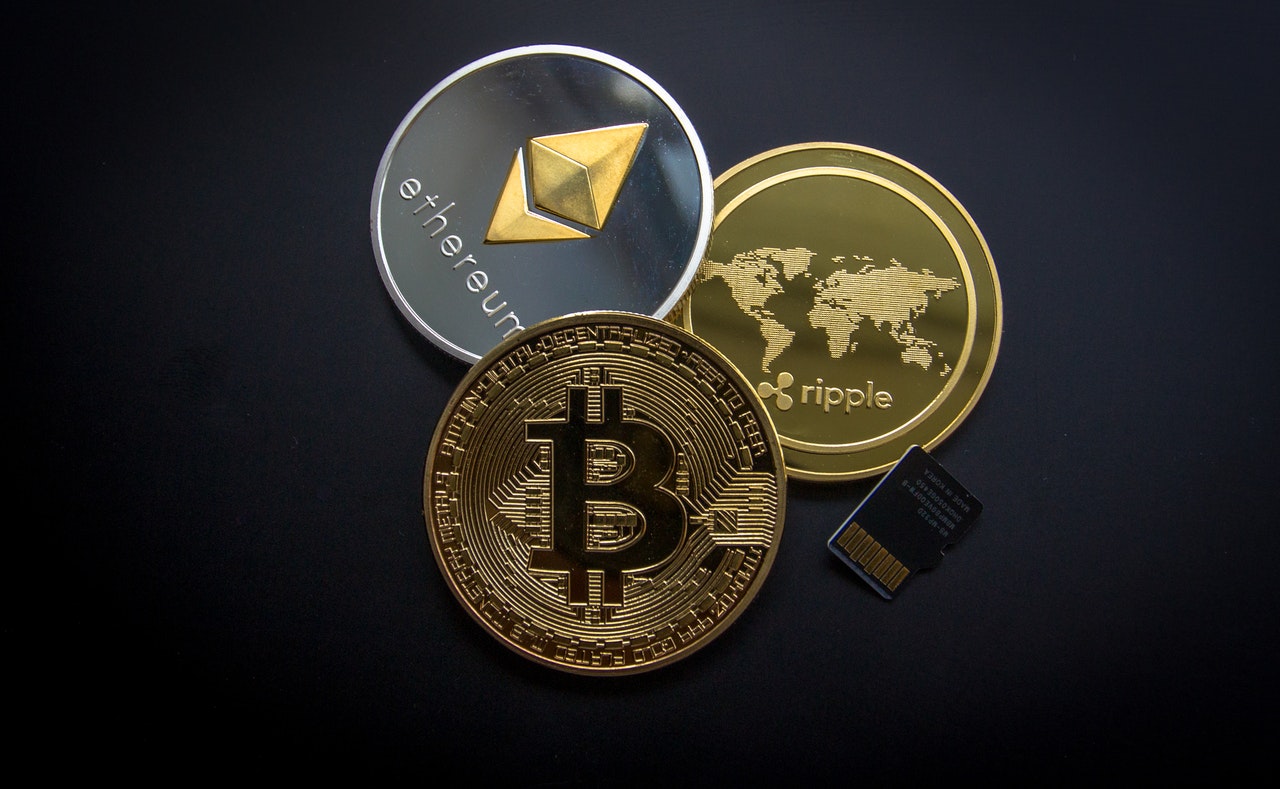Introduction
Digital money or digital currency is an advanced way to invest or use money. Some examples of digital currencies are cryptocurrencies, e-Cash, digital currencies of the central bank, etc. Digital currencies are similar to the other normal currencies, but it is not in a physical form of coins or notes. In many of the countries, digital currencies are not considered as a legal payment method. The idea of digital money was firstly introduced in 1983. The first most used internet money was e-Gold. Then after that bitcoin was launched, which was in 2009. It is also known as the cryptocurrency. The special thing about the bitcoin is, that it has no central server, so no one has got the power to turn them off. Bitcoins can easily be exchanged for the other various currencies or services and products. In today’s date, a single bitcoin worth 9,812 US dollars.
Discussion
Types of digital currencies
Ethereum
The decentralized registering platform that contains the functionality of smart agreements is known as Ethereum. There is a machine called EVM, which executes the contracts by the usage of ether, which is a cryptocurrency. This function is performed peer to peer. The business can be done safely by Ethereum, even with a stranger. This is because all the performance is done by the smart contracts that are established in the blockchain.
Ripple
Ripple is a currency change that is done in real-time, and the network our remittance. Ripple is also a settlement system. International payments, which are low cost and which have to pay instantly, ripple is the system that allows such functioning. A consensus procedure is considered to be done for the money exchange payments and remittance system of the ripple.
Litecoin
Litecoin is a currency that is similar to the bitcoin currency system, as its transfer and the formation are based on the protocol which is an open-source system. Under the license of MIT/X11, a peer to peer cryptocurrency is introduced which is known as Litecoin.
Dash
Dash is a more secure, private, and secretive type of bitcoin currency. It is also known as the Dark coin. It was first launched in 2014, and since then, the usage of the dark coin is increasing rapidly.
Peercoin
Scott Nadal was a software developer, who introduced and developed the peer coin. Peercoin is also known as PP coin. It was firstly introduced in 2012 which was the very first virtual or digital currency. Its main purpose is to use the contrast and the combination of proof of stake and the work.
Dogecoin
In 2103, the Dogecoin was introduced. The coins which are not much in their value, dogecoin are used for them. There is an unlimited value of dogecoins, and there is no limitation on that. It is used for completing the lesser or smaller exchanges.
Primecoin
To find the distinctive long chains available in any prime numbers and for the production of greater mining and the security of the network, prime coins are used. Sunny king invented and launched the prime coins.
Ven
For trading among the members of Hub culture, a special type of currency and system is used which is known as Ven. Carbon futures, currencies, and commodities are the factors that determine the value of currency if the Ven, mainly on the financial market.
Bitcoin
For local, electronic, or online shopping, an advanced sort of currency is being used these days, which is known as the bitcoin cryptocurrency. Bitcoins can be used for real transactions anytime and anywhere, such as for online shopping, etc. Bitcoin was discovered and introduced by Satoshi. There is no limit for generating the bitcoins.
Because of using the digital currencies, the payment and the cost of transaction drop to 2 or 5 per cent, or it could be more on the transaction. On international usage, the cost of credit cards could be steep. There is another huge benefit of such currency, which is of no cashbacks. By using digital currency, the number of fraud ends which probably happens because of the cashback. Because of digital currencies, there could be an increase in revenue as the businessmen can also deal with international companies and clients.
Conclusion
Digital currency is a type of currency that has no physical form and it is only dealt online and virtually. Cryptocurrencies and virtual currencies are also part of digital currency. Digital currency can be used for anything, like normal currency. Such as doing online shopping, paying for services, and much more. The world’s first digital currency was the e-Gold. It was introduced in 1996, but unfortunately, it was restricted by the government of the U.S in 2008. Some commonly used types of digital currencies are, Ethereum, bitcoin, Primecoin, Ven, Peercoin, Dogecoin, Ripple, Litecoin, and Dash. In today’s date, around 92% of the currency is a digital currency, and the rest 8% is the physical currency. This means that the usage of digital currency is growing rapidly and in the future, there is a possibility that digital money would take over the physical money, and every payment and transaction would be done online.
References
Schorsch, F., and Scheuermann, B., 2016. Bitcoin and beyond: A technical survey on decentralized digital currencies. IEEE Communications Surveys & Tutorials, 18(3), pp.2084-2123.
Dwyer, G.P., 2015. The economics of Bitcoin and similar private digital currencies. Journal of Financial Stability, 17, pp.81-91.
Barrdear, J., and Kumhof, M., 2016. The macroeconomics of central bank-issued digital currencies.
Raskin, M., and Yermack, D., 2018. Digital currencies, decentralized ledgers, and the future of central banking. In Research Handbook on Central Banking. Edward Elgar Publishing.
Fung, B.S., and Halaburda, H., 2016. Central bank digital currencies: a framework for assessing why and how. Available at SSRN 2994052.
Tasca, P., 2015. Digital currencies: Principles, trends, opportunities, and risks. Trends, Opportunities, and Risks (September 7, 2015).
Griffoli, M.T.M., Peria, M.M.S.M., Agur, M.I., Ari, M.A., Kiff, M.J., Popescu, M.A. and Rochon, M.C., 2018. Casting Light on Central Bank Digital Currencies. International Monetary Fund.
Truby, J., 2018. Decarbonizing Bitcoin: Law and policy choices for reducing the energy consumption of Blockchain technologies and digital currencies. Energy research & social science, 44, pp.399-410.
Gans, J.S., and Halaburda, H., 2015. Some economics of private digital currency. Economic analysis of the digital economy (pp. 257-276). University of Chicago Press.
Ammous, S., 2015. Economics Beyond Financial Intermediation: Digital Currencies’ Potential for Growth, Poverty Alleviation, and International Development. Ammous, Saifedean, pp.19-50.
Nelson, B., 2018. Financial stability and monetary policy issues associated with digital currencies. Journal of Economics and Business, 100, pp.76-78.
Salman, A., and Razzaq, M.G.A., 2018. Bitcoin and the world of digital currencies. Financial Management from an Emerging Market Perspective, pp.271-281.




